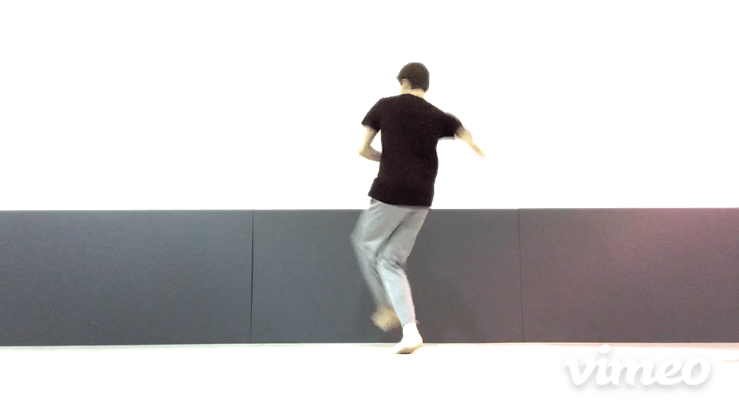Complex Movement
_________________________________
At every stage of development, understanding the interconnected systems of the human body as they relate to motor control is essential for growth at our most fundamental levels; teaching methodologies emerge and high-level training integrates from this knowledge base.
NMT Academy is built upon over 5 years of clinical research utilizing 3-dimensional motion analysis technologies alongside a battery of clinical assessment tools as core components of the evaluation process at both pre- and post-training interval periods. These investigations have afforded a priceless glimpse into complex movement behavior, illuminating both high-risk movement profiles and optimal strategies to recover and retrain the nuances of dynamic loading.
Naturally, the human mind is at the center of all aspects in such efforts.
There are many mountains on this path,
as there are numerous converging pathways
along the way in ascending them.
WOrld Football
Our research began in earnest with rigorous investigation of the dynamic pivoting athlete, first in the world of football (US soccer), as it is the most widely played sport in the world at each and every level of human development. Explorations into this domain yield deep insights into patterns of movement behavior and developmental potential that can be applied with great utility across a vast range of disciplines to great advantage.
Martial Arts
Each and every discipline in the martial arts depends critically upon in depth understanding of musculoskeletal joint mechanics across the human body, as well as an intuitive grasp of the nervous system across its many facets of employment. Explorations into the internal martial arts yield further insight into positioning, leverage, sensitivity, timing, and reflex that have application in virtually every performance domain.
Gymnastics
Gymnastics strength training (GST) has increased tremendously in popularity over the last decade for numerous reasons, not least of which because of the explosive strength and power that can be built with graded plyometric loading techniques and the functional mobility that can be generated through range of motion expanding sequencing skills. Naturally, these elements are each highly advantageous to the vast majority of competitive athletes, especially in dynamic pivoting and contact disciplines.
Ballet and Dance
Expanding on principles of development in multi-regional coordinated motor control, internal proprioception, and somatosensory awareness, the disciplines of ballet and dance afford access to pathways of exquisite refinement in balance, agility, mobility, endurance, and poise required to make the exceedingly difficult appear graceful and effortless. Cultivating these skillsets is commonly amongst the hidden arts beneath world-class performance, often in places one would least suspect.





